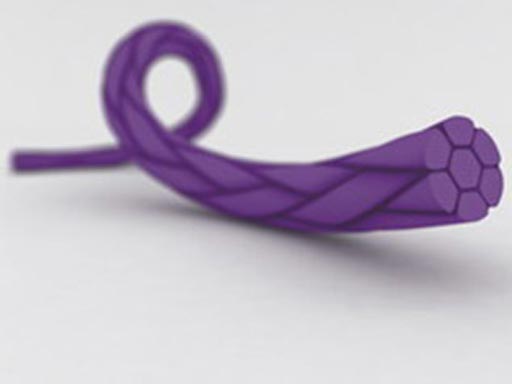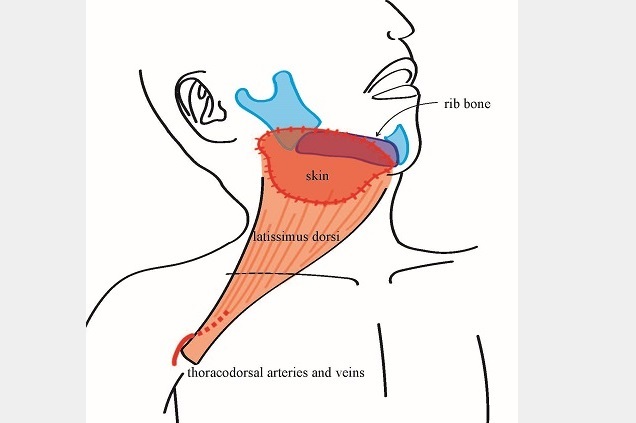Unbraided Sutures Linked to Lower Infection Rate
By HospiMedica International staff writers
Posted on 16 Feb 2017
Non-braided absorbable sutures are associated with a significantly lower wound complication rate following caesarean delivery when compared to braided sutures, according to a new study.Posted on 16 Feb 2017
Researchers at the Albert Einstein College of Medicine conducted a randomized study to compare unbraided poliglecaprone 25 (Monocryl) and braided polyglactin 910 (Vicryl) for cesarean incision closure in order to determine rates of wound complication in 383 women undergoing non-emergent cesarean delivery. The primary outcome was wound complication within the first 30 days postpartum, defined as wound separation of one centimeter in length, seroma, hematoma, and surgical site infection (SSI).

Image: A crosscut of the Vicryl braided suture (Photo courtesy of Ethicon).
During the 14-month study period, 192 women were randomized to Monocryl and 191 to Vicryl, with no significant difference in age, body mass index (BMI), ethnicity, gestational age, gravidity, and parity between groups. The composite wound complication rate for Monocryl was 6.5%, compared to 13.7% for Vicryl. SSI rate was 4.3% for Monocryl, versus 9.1% in the Viceryl group. The study was presented at the Society for Maternal-Fetal Medicine annual pregnancy meeting, held during January 2017 in Las Vegas (NV, USA).
“Patients who received Monocryl sutures were linked with having significantly lower rates of a wound composite outcome than patients who received coated Vicryl sutures. The Vicryl suture group had a 65% increased risk of wound complications compared with the Monocryl suture group,” said lead author and study presenter Arin Buresch, MD, adding that Monocryl sutures are 1.6 times more expensive than Vicryl sutures.
Vicryl is an absorbable, synthetic, braided suture indicated for soft tissue approximation and ligation. The suture has a smooth, low friction proprietary coating that reduces tissue drag, and holds its tensile strength for approximately three to four weeks in tissue, and is completely absorbed by hydrolysis within 60 days. Monocryl is a synthetic, absorbable monofilament suture generally used for soft-tissue approximation and ligation. It has a consistency close to nylon suture material; both are manufactured by Ethicon.













_JPG.jpg)
